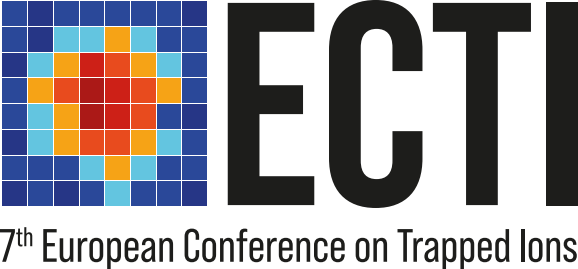Speaker
Description
Modern space and Earth-based telescopes like JWST and ALMA are able to provide us with increasingly detailed insight into the molecular composition of interstellar space. These instruments are able to identify the different species and determine their abundance. However, information on the processes of formation and destruction of molecules in this environment is still needed. Laboratory experiments with the ability to mimic interstellar medium (ISM) conditions are essential to investigate these mechanisms. Furthermore, the spectroscopic identification can be limited by the absence of reliable spectroscopy data for many molecular ions at low internal excitation.
The Cryogenic Storage Ring (CSR) at the Max-Planck-Institut für Kernphysik, Heidelberg [1] enables such spectroscopy and reaction studies. Inside its experimental chambers, which can be cooled down to 4K, residual gas densities down to 1000 cm$^{-3}$ and a very strong suppression of the black-body radiation field can be achieved. At such conditions ions can be stored up to hours. Provided they have a permanent dipole moment, molecular ions will cool down to their lowest ro-vibrational states. The stored ion beam can then be overlapped with well-defined beams of possible reactants found in the ISM, namely photons, electrons and neutral atoms. As a result, the properties and reaction rates for the creation and destruction of these molecules can be studied in detail under ISM conditions.
This talk will summarize the various experimental features of the CSR like a low-energy electron cooler [2], a newly build reaction microscope, and a facility for ion-neutral collision measurements [3]. Technical developments like the recently implemented isochronous mass spectrometry mode [4] will be outlined. Furthermore, a number of molecular ion projects are currently ongoing or have recently been concluded. These include laser experiments with Al$_4^-$ and CCH$_2^-$ as well as studies involving the electron cooler with CH$^+$ [5,6], OH$^+$ and TiO$^+$ [7]. Selected highlights of these projects will be presented.
__
[1] R. von Hahn et al., Rev. Sci. Instrum., 87, 063115 (2016)
[2] O. Novotny et al., Science, 365, 676 (2019)
[3] F. Grussie et al., Rev.Sci. Instrum., 93, 053305 (2022)
[4] M. Grieser et al., Rev. Sci. Instrum., 93, 063302 (2022)
[5] A. Kalosi et al., Phys. Rev. Lett. 128, 183402 (2022)
[6] D. Paul et al., Astrophys. J., 939, 122 (2022)
[7] N. Jain et al., J. Chem. Phys., 158, 144305 (2023)

